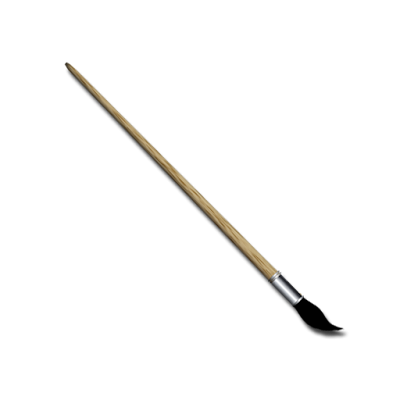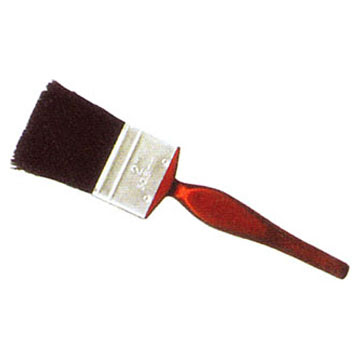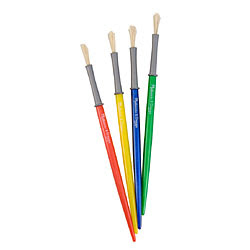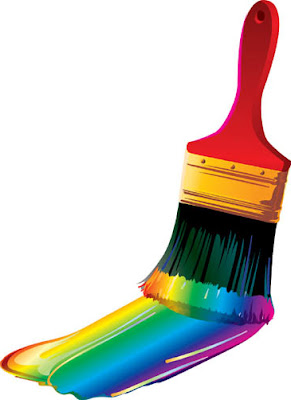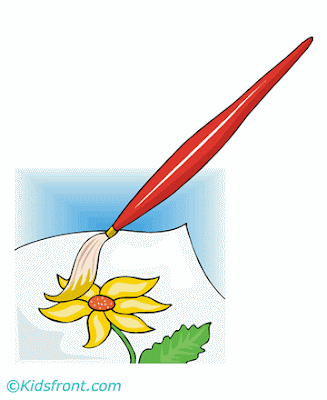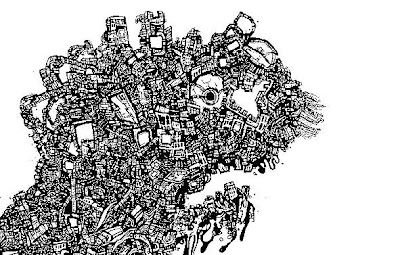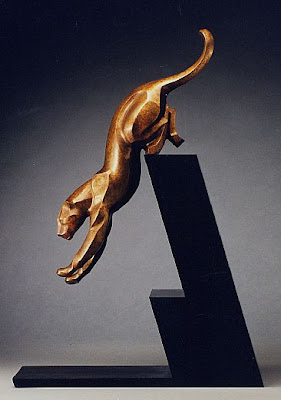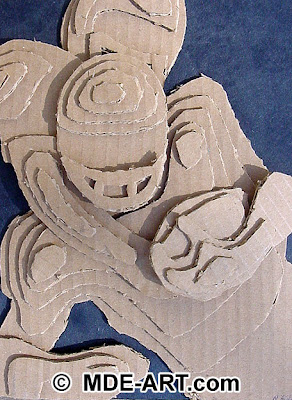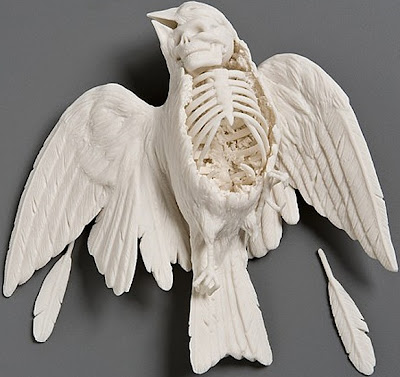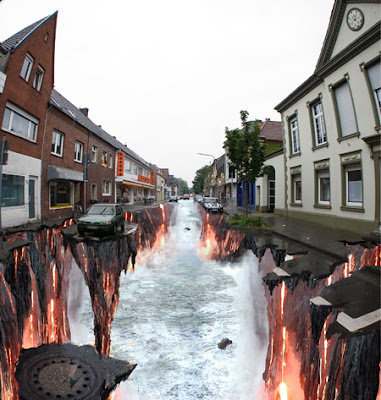Over the years one may find themselves using a Paint Brush to paint something in the house or something around it. Areas of painting concern could include where the weekly vacuum cleaner leaving black skid marks on the baseboards, or those typical 4' high hand prints on walls are all too well known from young parents. Other examples using a Paint Brush may include painting a closet door on a Saturday afternoon, but getting called away from duty by some more important family event or need, not really wanting to paint the item in the first place. What ever reason, the Paint Brush deserves it's attention and care, keeping pristine, just as a favored antique tool from Grandpa's Shop, deserves it's cleaning and care. What ever quality of Paint Brush one chooses to buy, (Best is recommended by number of bristles per square inch) techniques listed here coincide with all paint brushes.
These techniques will help the lesser quality Paint Brush, as well as the best, making your experience with the tool that's been around for centuries, a pleasant one. Before you open a gallon of paint, the Paint Brush should be at your side, next to the can. Taking the Paint Brush by the handle, thoroughly soaking it in clean tap water before you dip it in the latex paint (soaking in mineral spirits if using Alkyd or Oil paint) will enhance your brush cleaning later on. Getting the excess water or mineral spirits out of the brush is going to be the next question, as it would be mine, if I did not know it. When using Latex paints, hold the Paint Brush firmly by the end of the handle, tapping the head of the Paint Brush on the end of your shoe or boot, giving a few good forceful whacks. Paint Brush is dry enough to dip in paint, but wet enough for an even flow of paint, and easier cleanup later on. This can be repeated if Paint Brush shows signs of drying out before the painting job is completed. If using Alkyd paints, try just blot drying with clean rag, as whacking on the end of your boot will cause a bit of splatter.






